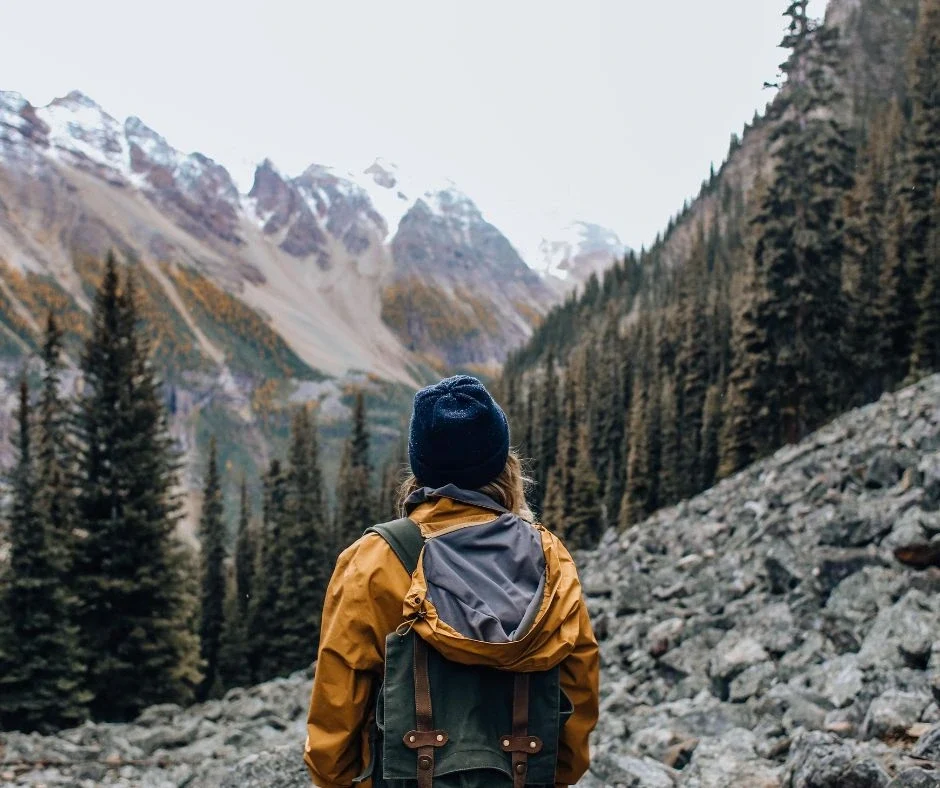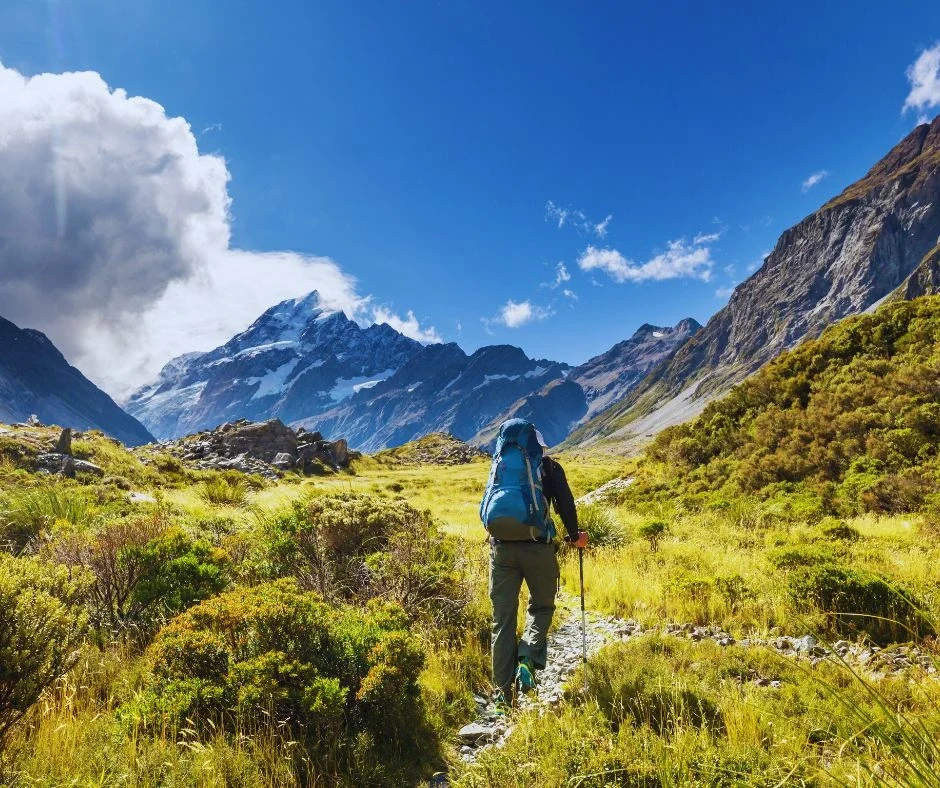Hiking and Trekking
Discover Uganda’s wonders
East Africa has a trail for you.
Why Trek in East Africa?
Trekking in East Africa offers an unforgettable experience filled with stunning natural beauty, from snow-capped peaks to lush forests and alpine meadows. Along the way, you’ll encounter diverse wildlife including monkeys, rare birds, and unique plant species. Many trails pass through local villages, giving you the chance to connect with communities and learn about their rich cultures. Whether you’re up for a multi-day climb or a gentle day hike, East Africa has something for every level of adventurer.

Top Hiking & Trekking Destinations
Mount Kilimanjaro, Tanzania
Standing at 5,895 meters, Mount Kilimanjaro is Africa’s highest peak and one of the most famous trekking destinations on Earth. Climbers can choose from several routes, like Machame or Marangu, each offering unique scenery and challenges.
Bwindi Impenetrable National park
The second-highest mountain in Africa, Mount Kenya (5,199 meters) offers a less-crowded but equally stunning experience. With dramatic peaks, glaciers, and alpine lakes, it’s a favorite among trekkers seeking both scenic beauty and physical challenge.
Rwenzori Mountains, Uganda
Known as the “Mountains of the Moon”, the Rwenzoris are ideal for serious trekkers. These mist-shrouded peaks are home to glacial lakes, rare plants, and rugged trails. Treks to Mount Stanley, the highest point in the range, are challenging but incredibly rewarding for experienced hikers.
Mount Elgon, Uganda/Kenya
An extinct volcano on the Uganda-Kenya border, Mount Elgon is great for trekkers looking for a quieter, less intense experience. The mountain features caves, waterfalls, and expansive calderas.
Frequently Asked Questions
What are the top hiking and trekking destinations in East Africa?
Some of the best trekking spots include Mount Kilimanjaro and Mount Meru in Tanzania, Mount Kenya in Kenya, and the Rwenzori Mountains and Mount Elgon in Uganda. Each destination offers unique scenery, ecosystems, and trekking experiences.
Do I need prior climbing experience to trek in East Africa?
Not necessarily. Many treks, like Mount Kilimanjaro’s Marangu Route or Mount Kenya’s Sirimon Route, are non-technical and suitable for beginners in good physical condition. However, some peaks like the Rwenzori Mountains require more stamina and experience.
What is the best time of year for trekking in East Africa?
The best months for trekking are during the dry seasons: January to early March and June to October. These months offer clearer skies, less rainfall, and safer trail conditions.
What should I pack for a trekking trip?
Essential items include sturdy hiking boots, layered clothing, rain gear, a sleeping bag, sunscreen, a hat, and a refillable water bottle. Your trekking company may provide a full packing list depending on the route and destination.
Are guides required for treks?
Yes, local guides are required or highly recommended for most major treks. They ensure safety, provide cultural insights, and support the local economy. In some parks like Kilimanjaro and the Rwenzoris, hiring a guide is mandatory.

